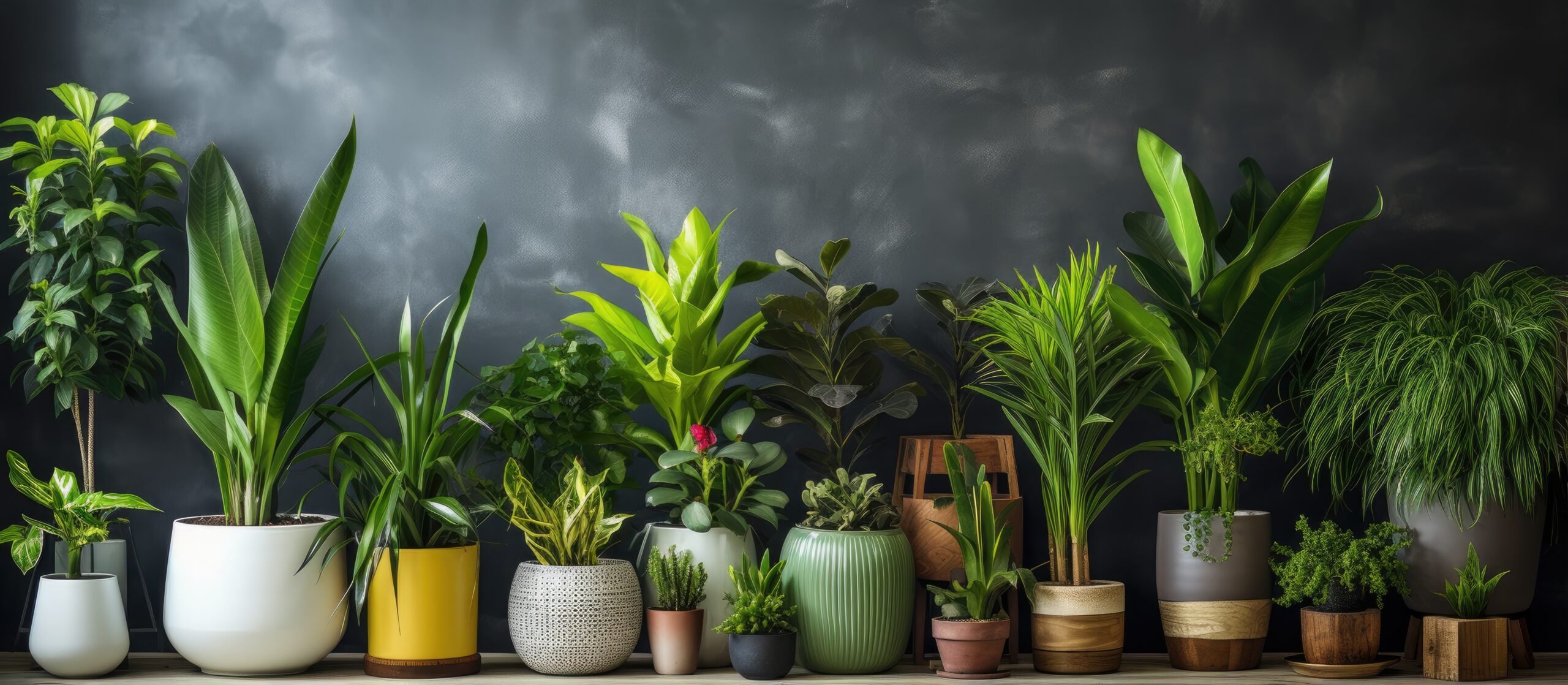Table of Contents
Introduction
When it comes to low light indoor plant display tips, it’s not just about placing plants in dark corners. It’s about curating green moments in your space that thrive in indirect light, elevate your decor, and cleanse your air. With the right selection and arrangement, your home can turn into a lush haven—even without abundant sunlight.
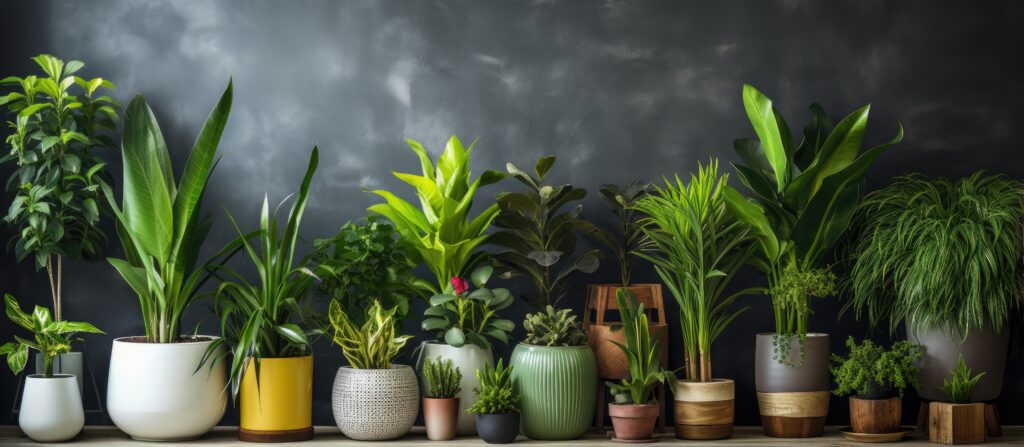
Why Low Light Plants Are Perfect for Indoor Displays
Low light indoor plant display tips begin with understanding the magic of these resilient plants. They adapt well to conditions where natural light is scarce, making them ideal for apartments, office corners, or rooms with shaded windows. From bathrooms to hallways, these plants provide a refreshing pop of nature where most others struggle to survive.
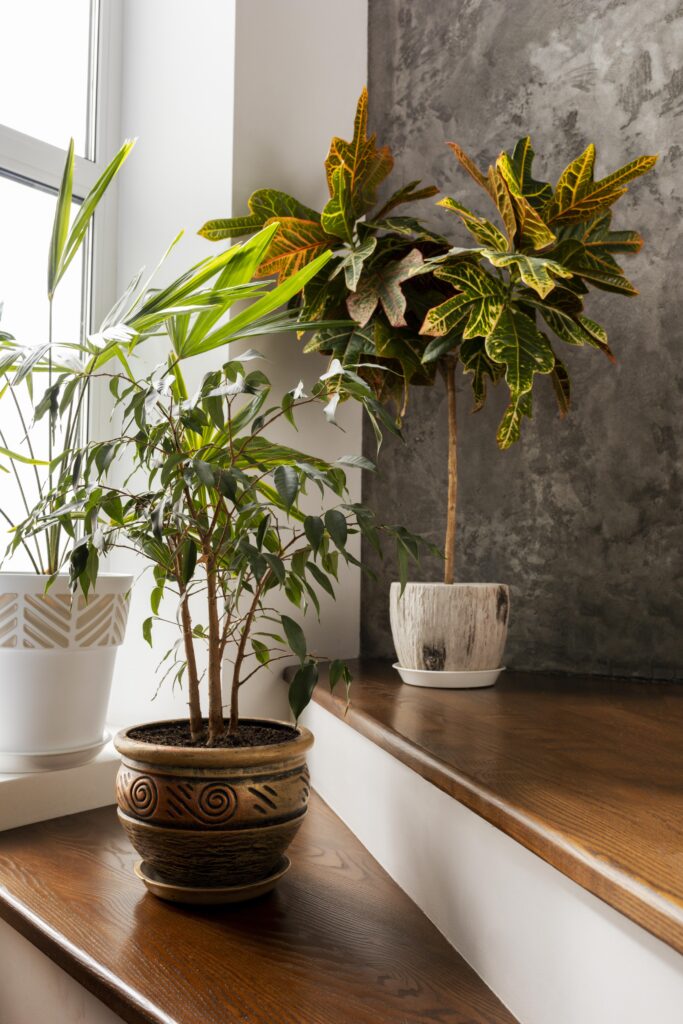
Top Low Light Indoor Plants to Display
To build eye-catching displays, start with these plant varieties known for thriving in dim settings:
- Snake Plant (Sansevieria): A vertical beauty with bold variegation.
- ZZ Plant (Zamioculcas zamiifolia): Glossy, drought-tolerant and almost indestructible.
- Pothos (Epipremnum aureum): Excellent for hanging baskets or trailing from shelves.
- Peace Lily (Spathiphyllum): Adds a soft touch with white blooms.
- Cast Iron Plant (Aspidistra elatior): Tough and beautiful with deep green leaves.
- Chinese Evergreen (Aglaonema): Vibrant foliage even in poor lighting.
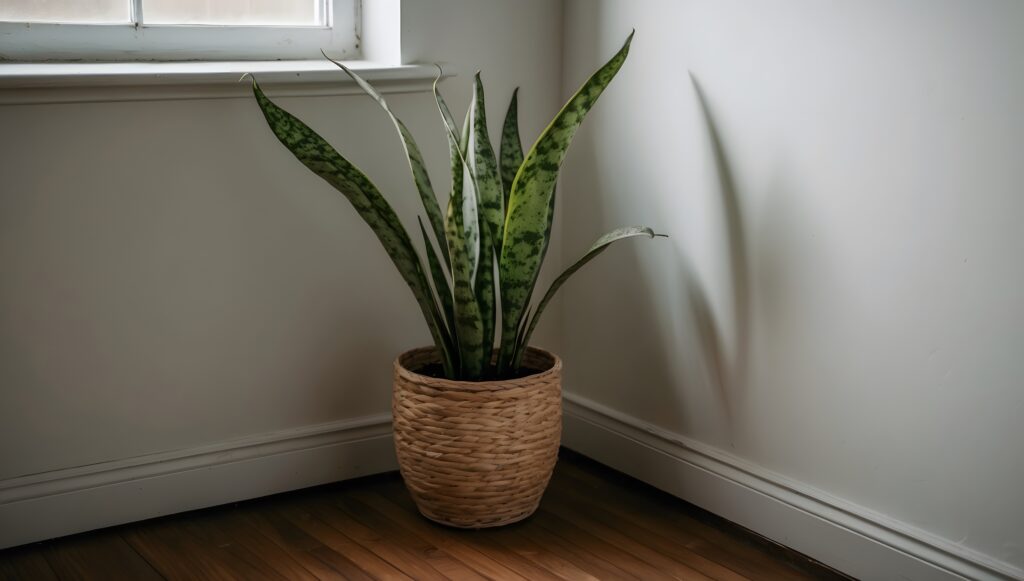
Combining these in your arrangement supports diversity in texture, height, and form—key components in effective low light indoor plant display tips.
Creative Low Light Indoor Plant Display Tips
1. Use Layered Heights and Levels
Group plants of varying heights to create a sense of movement. Use plant stands, books, or stackable crates to elevate certain pots and allow trailing plants to cascade.
2. Maximize Wall Space
Floating shelves, wall-mounted planters, and vertical garden kits are great for bringing life to empty walls. This strategy not only saves space but enhances your room’s vertical dimension.
3. Highlight with Mirrors and Reflective Surfaces
Strategically place mirrors behind plant arrangements to reflect light and give the illusion of more space and greenery.
4. Mix and Match Planter Styles
Don’t just settle for basic pots. Play with ceramic textures, rustic terracotta, hanging macrame holders, or sleek metallics. A variety of containers adds visual interest and reinforces your theme.
5. Group According to Light Needs
While all are low-light lovers, subtle differences exist. Place the most shade-tolerant deeper inside and those needing some light closer to filtered sources.
Each of these low light indoor plant display tips brings form and function together to enhance any indoor environment.
Best Rooms to Showcase Low Light Indoor Plants
1. Bathrooms
Thanks to natural humidity, bathrooms are excellent for tropical low-light plants like ferns and peace lilies. Use corner stands, shower caddies, or windowsill pots.
2. Bedrooms
Add tranquility and purify air by incorporating snake plants and pothos. Use them on bedside tables, dressers, or even as hanging displays above your headboard.
3. Living Rooms
Floor plants like the ZZ or Chinese Evergreen can fill empty corners while tabletop varieties create elegant vignettes on coffee tables or shelves.
4. Home Offices
Boost productivity and wellness by greening up your desk with compact, hardy varieties like the spider plant or philodendron.
These strategic placements align perfectly with our curated low light indoor plant display tips.
Tools and Accessories to Elevate Your Plant Displays
- Plant Stands & Risers – Create height variation and visibility.
- Grow Lights – LED bulbs that simulate sunlight, ideal for extra-dark corners.
- Misting Bottles – Keep humidity-loving plants healthy.
- Hanging Kits – For macramé or wall-mounted pot installations.
- Moisture Meters – Ensure proper hydration, especially in low-light setups.
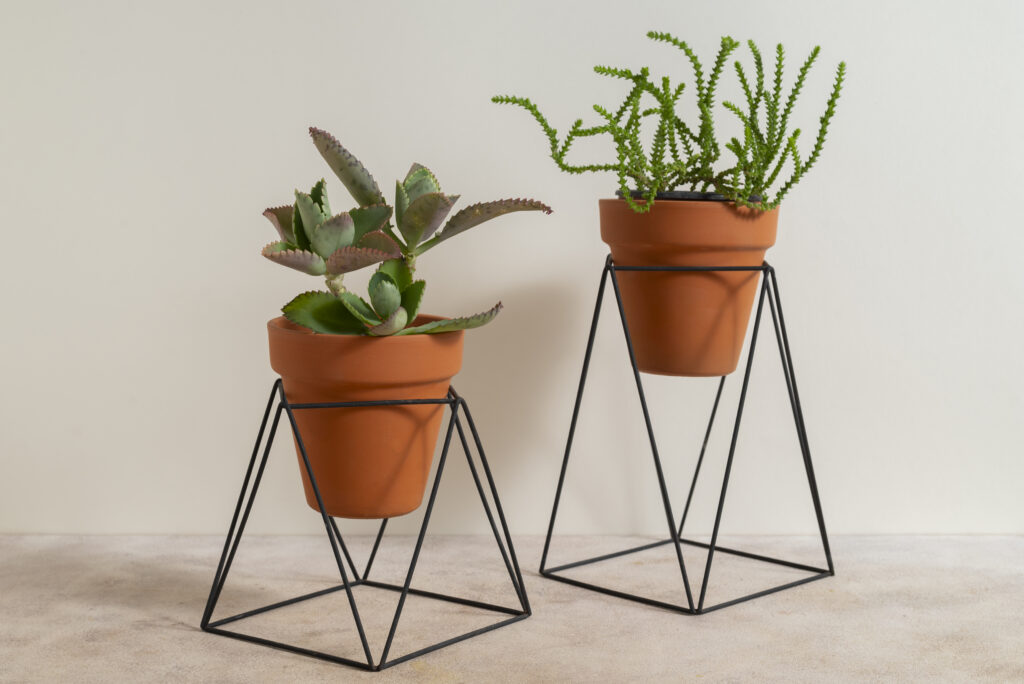
Using these items enhances the effectiveness of your low light indoor plant display tips, ensuring both aesthetics and plant health.
Care Tips for Thriving Low Light Indoor Plant Displays
1. Water Less Frequently
Low light reduces a plant’s need for water. Check the soil before each watering—overwatering is the #1 killer of low-light plants.
2. Rotate Plants Monthly
This ensures all sides receive equal light and prevents leaning.
3. Dust Leaves Regularly
In low light, every bit of chlorophyll counts. Dust buildup limits light absorption.
4. Fertilize Lightly
Use diluted indoor plant food once every two months during growing seasons to keep foliage vibrant.
These maintenance-based low light indoor plant display tips are crucial to prevent dull, leggy, or dying plants.
Advanced Styling Techniques for Low Light Indoor Plant Displays
1. Create Focal Points with Statement Plants
A major component of impactful low light indoor plant display tips is understanding where the eye travels in a room. Using a larger specimen—like a rubber plant or a fiddle leaf fig (if tolerable light is available)—anchors your green design. Surround it with smaller companions in complementary textures and colors to enhance visual interest.
2. Implement the Rule of Three
When styling indoor plants, odd numbers like three or five create dynamic arrangements. Combine a trailing plant (like pothos), a bushy plant (like aglaonema), and a structured plant (like a snake plant) to form a balanced composition.
3. Use Repetition for Cohesion
Incorporating repeated plant species or container colors across multiple rooms creates design harmony. Whether it’s matching pots, similar leaf textures, or shared color palettes, repetition is a powerful tool in elevated design.
4. Seasonal Swaps for Style Refresh
To keep displays feeling fresh, consider rotating your plants or containers seasonally. Use warm tones and rustic pots in fall, bright ceramics in summer, and metallics for winter for a stylish indoor plant display that evolves year-round.
Low Light Indoor Plant Display Tips for Small Spaces
Small apartments and tight corners can still benefit from creative greenery with a few space-savvy strategies:
- Corner Plant Towers: Use tiered shelving units to display several plants vertically in a compact footprint.
- Under-Furniture Displays: Slide shallow, low-light planters beneath console tables, benches, or media units.
- Hanging from Ceiling Hooks: When floor and table space is limited, go aerial. Use hanging planters or baskets to suspend greenery in front of windows or from beams.
- Floating Window Shelves: Install glass shelves across windows to hold shade-tolerant plants like orchids or ferns that thrive on diffused light.
These space-conscious low light indoor plant display tips maximize your greenery without compromising functionality.
Combining Plant Displays with Interior Design Styles
Minimalist Homes
Choose sleek planters in monochrome shades and stick to one or two plant species. ZZ plants and rubber plants work well in minimal spaces for their sculptural qualities.
Bohemian Interiors
Mix textures freely—macramé hangers, terracotta pots, woven baskets—and cluster many low-light plants for a lush jungle feel. Pothos, calatheas, and spider plants are boho favorites.
Modern or Industrial Spaces
Use geometric metal stands, concrete pots, and structured plants like snake plant or philodendron ‘Birkin’. Keep displays tidy, and integrate plants near bookshelves, workspaces, or gallery walls.
Rustic or Farmhouse Design
Repurpose wooden crates, mason jars, or galvanized buckets for your plant displays. Use cozy plant types like ferns, peace lilies, or ivy to soften the space.
Design integration is an often overlooked but essential part of successful low light indoor plant display tips—when done right, it turns your plants into living art.
Common Mistakes to Avoid with Low Light Plant Displays
Even the most well-designed displays can fall short if key errors are made. Avoid these pitfalls:
- Overwatering in dim light areas – Plants in low light dry out more slowly.
- Using pots without drainage – Always ensure excess water can escape.
- Ignoring dust buildup – Low-light plants need all the photosynthesis they can get.
- Choosing light-loving plants by mistake – Always verify that your selection thrives in low light before placement.
- Cluttering small spaces – Too many plants can overwhelm rather than enhance a room.
By being mindful of these mistakes, you can fully harness the power of your low light indoor plant display tips and avoid unnecessary plant stress or design fatigue.
Conclusion
Mastering low light indoor plant display tips transforms your home into a calming oasis, full of greenery and elegance. With smart placement, proper care, and thoughtful accessorizing, you can elevate any room—no matter the light levels. Use these strategies to create living displays that delight the senses and improve indoor well-being.
Final Thoughts: Create an Indoor Oasis
Designing with plants isn’t just about aesthetics—it’s about wellbeing, harmony, and crafting a sanctuary in your own home. With these low light indoor plant display tips, you now have the knowledge and strategy to transform overlooked spaces into botanical showcases. From choosing the right species to mastering layout and care, your indoor garden will not only survive—but thrive.
FAQs
Q1. What qualifies as a low light space?
A: Any room where natural sunlight is minimal or indirect, such as north-facing rooms or areas away from windows.
Q2. Can I keep low light plants in windowless rooms?
A: Yes, with the help of grow lights, many low light plants can thrive even in spaces without any natural light.
Q3. How often should I water low light indoor plants?
A: Typically every 2–3 weeks, but always check the top inch of soil for dryness before watering.
Q4. Do low light plants grow slowly?
A: Yes, most have slower growth rates due to limited photosynthesis, but this also means less pruning.
Q5. What are the best hanging low light indoor plants?
A: Pothos, philodendrons, and spider plants are excellent hanging varieties that perform well in low light.

